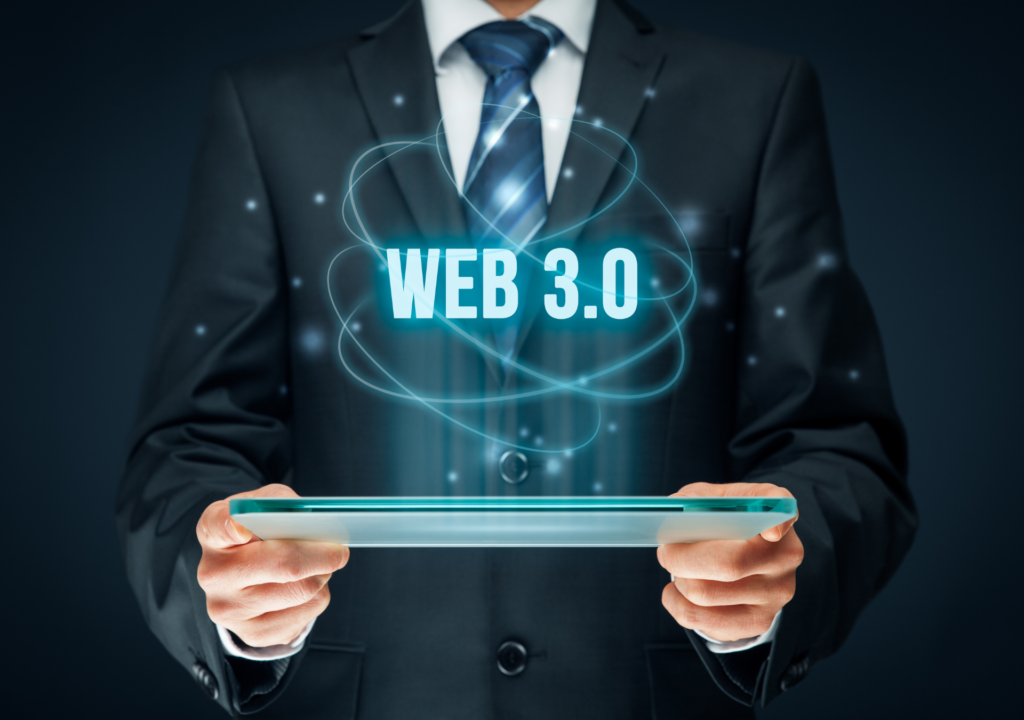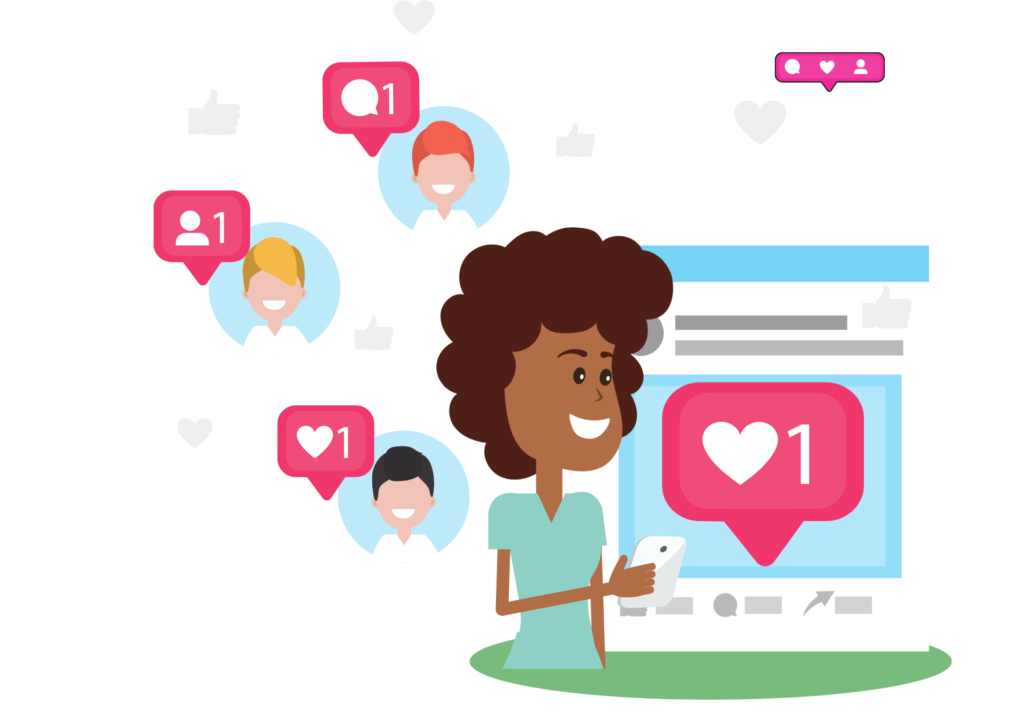Everything That You Need to Know About Evolution of Internet.
Ritwika Chowdhury & Priyadarshini Sahoo
April 8, 2022. 3 minute Read
If something has completely changed our lives, it has to be the Internet.
The Internet has completely changed our lifestyle. From payment to travel, everything is so more accessible because of the Internet today. Even writing an article and publishing it to the world is more effortless.
One thing Technology keeps updating itself with time. And over time Internet has completely evolved itself.
But who all made it possible? How did it happen? Let’s dig into that.
Web 1.0 (1990-2005)
Web 1.0, or The first generation of the Internet, comprised basic web pages and was a read-only format where users could only get the required information and read them on the websites.
The key technologies that Web 1.0 involved were HTML (HyperText Markup Language), HTTP (HyperText Transfer Protocol), and URL (Uniform Resource Locator).
The fundamental purpose of this generation of the Web was to provide information, and thereby web users were unable to interact freely due to its ‘read-only’ format.
And because there was no search engine, it wasn’t easy to navigate as you can do today. Moreover, you had to type the complete website URL if you wished to visit the same.
Besides, the absence of any search engine made it complex for the users to navigate the World Wide Web (WWW) as they often required the complete website address (URL) for the sites they wished to visit. And if you didn’t memorize it well, the chances of getting into that website slims down.
Nonetheless, towards the mid-1990s, Netscape Navigator came into the picture as the first successful web browser that enabled
- Display of a web page as it loads,
- The usage of JavaScript to create forms and interactive content,
- And the utilization of cookies to store session information.
However, over time Microsoft overtook Netscape in the browser war.
You may be thinking that what is mentioned in the previous lines is similar to Online transactions or UPI payments then why a new digital currency? You’re thinking it right because from the consumer end it’s similar. Now thinking from the banking end, when you pay someone using UPI then you receive a notification of that amount of money debited from your account and the receiver gets the same message of the same amount of money getting credited. But no money is transferred from your bank account to the other person. Banks do these transactions after a decided interval by themselves. Banks don’t transfer these small amounts among each other every day. With the introduction of the digital rupee, the system will change and the money will be transferred at the same moment during online transactions.
Web 2.0 (2006-Present Day)
This generation of the Web has brought about a seismic shift, allowing users to find the required information and share perspectives, opinions, feedback, thoughts, and experiences through a diverse set of tools and platforms online.
Web 2.0 emphasizes user-generated content, ease of use, participatory culture, and interoperability. The few prominent platforms are YouTube, Facebook, and many more. One of the most severe cons of Web 2.0 is the usage of centralized servers controlled by big organizations. (This is the problem that Web 3.0 is trying to address.)
As a result, we find Facebook, Google, and Twitter acquiring user data and storing those on their servers to provide better and tailored content for users.
So, if you love traveling and have been watching hundreds of vlogs on exotic travel destinations, the Web knows it exactly and will offer you many more of those instead of what you aren’t watching on any platform.
The sad part or bad part or good for some part, is that this makes users stay longer on the websites, thereby generating more revenue; on the other hand, the data is sold to advertisers, which compromises the privacy and ownership of users’ data.
Web 3.0 (Immenient)

Related Article: It is Fascinating How the Internet has Evolved Over These Years. Read on to Know More about the same.
Final Thoughts
Web 3.0 is still new for many. By the way, Internet has been evolving over all these years. It is genuinely very fascinating.
From barter systems to digital transactions we have come a long way. Don’t know whether the digital currency will be a success or not.
But let us know in the comments what you think about the future of e-rupee.

Ritwika Chowdhury

I am a passionate and enthusiastic content writer with experience in the technology domain. With 2+ years of experience in this field and backed with my educational qualification and knowledge in geospatial sciences, I find great interest in all technological elements in the current industries

Priyadarshini Sahoo

She is a B. Tech in Mechanical Engineering and always believed that a creative idea backed with technology could make a difference. Her inquisitive nature helps her curate impactful ideas and would help make a difference to the business community and society at large.
Subscribe to new post
The One Liner
Useful Links
Order Related Queries
Useful Links
Order Related Queries



